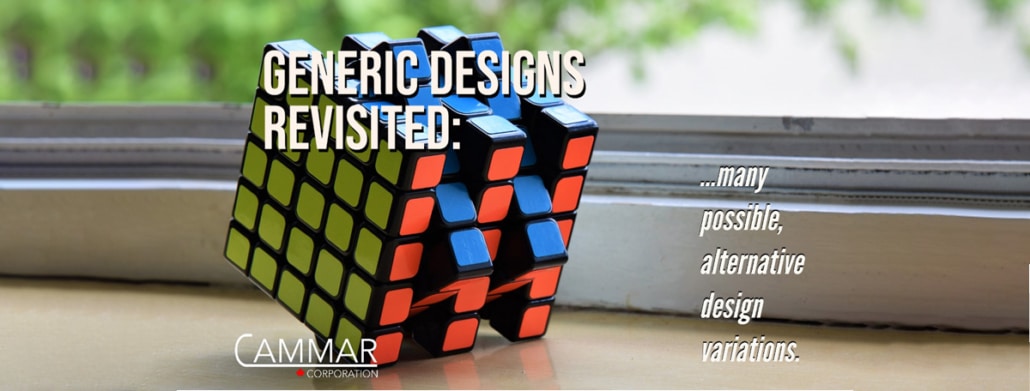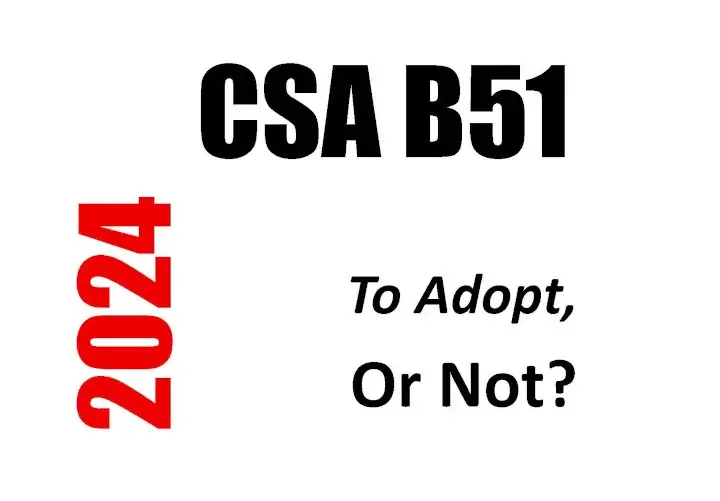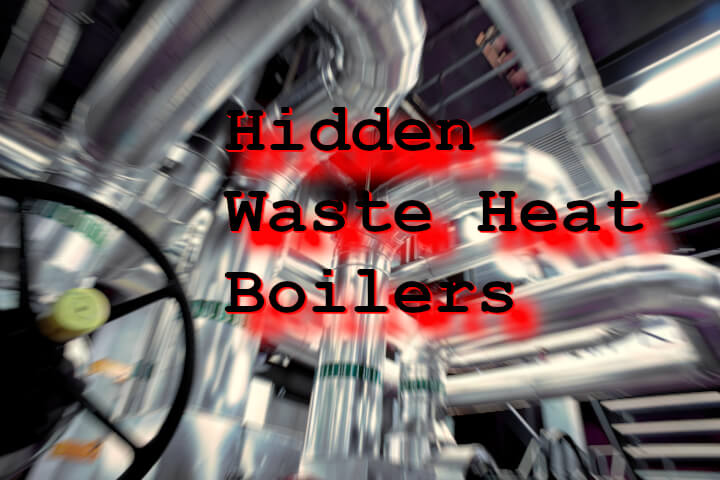The truth is, fewer CRNs are better in many ways.
With fewer CRNs, it’s easier to keep track of CRN registration numbers, it’s easier to ensure the right CRN registration number is affixed to the right equipment, and it’s easier if the regulators need not be contacted as much.
It’s usually possible to combine several pressure equipment designs of a particular type into one design. This is what a generic design is all about.
Generic Pressure Vessels and Boiler Components
For example, pressure vessels or boiler vessels and components with different nozzle locations in heads and shell, different nozzle sizes, and different shell lengths can be combined into one design, i.e. a generic design. For pressure vessels, nozzle spacing tables showing required nozzle spacing distances in accordance with ASME Section VIII-1 paragraphs UG-36, UG 37, UG-39, UG-40, UG-41, UG-42, UW-14, etc., can be included on the drawing and considered as part of a design. Similarly for boiler vessels and components, nozzle spacings are governed by paragraphs PG-32 etc.
Only relative locations of nozzles need to be prescribed; specific locations for each nozzle need not be defined. In this way, a virtually unlimited number of nozzle combinations and locations can thereby be included with a vessel design, as long as they reasonably represent the product line and market demand. The idea is not to combine all possible nozzles at all possible locations, at all nozzle offset distances, and at all nozzle inclination angles. A reasonable set of nozzle locations and sizes is acceptable to the regulators.
Generic vessels must have a fixed:
- maximum allowable working pressure
- max design temperature,
- minimum design metal temperature (MDMT),
- shell diameter,
- corrosion allowances for each vessel component,
- weld configuration for each nozzle
- head type
- head and shell thicknesses, and
- materials of construction, with reasonable exceptions.
A drain must be located at a location to permit drainage, if required. And inspection openings, if required, must be located within a diameter’s distance of the heads’ circumferential seams.
Generic Fittings
Fittings designs are regularly combined into one application for CRN registration, as long as the same fitting category is considered. For example, a catalogue of category A ASME B16.9 pipe fittings can be registered with one application. Same thing for various different catalogues with sets of drawings: category B flanges, whether ASME B16.5 or custom in accordance with ASME Section VIII-1 Appendix 2; category C valves fittings in accordance with ASME B16.34, or ASME B31.3, etc.; category D expansion joints or hose assemblies; category E filters, separators, or steam traps; category F measurement instruments like gauge glasses, pressure transmitters, flow meters, etc.; or category G pressure relief valves, rupture disks and fusible plugs. Such CRN registrations cover a wide range of sizes, pressure ratings, temperature ratings, materials of construction, etc. In general, requirements for generic fittings are less stringent than for pressure vessels.
An exception to the above is for category H fittings, which typically look like little pressure vessels. For generic CRN registrations involving category H fittings, it is advised to apply the guidelines for generic vessels noted above.
Revisions and Additions to Generic CRNs
After registration is obtained and before it expires, a CRN revision can add new design models or variations to the list of equipment already included with a CRN registration. With a revision to a CRN, the same CRN number can be used for new models or for design variations, further to what was originally anticipated.




